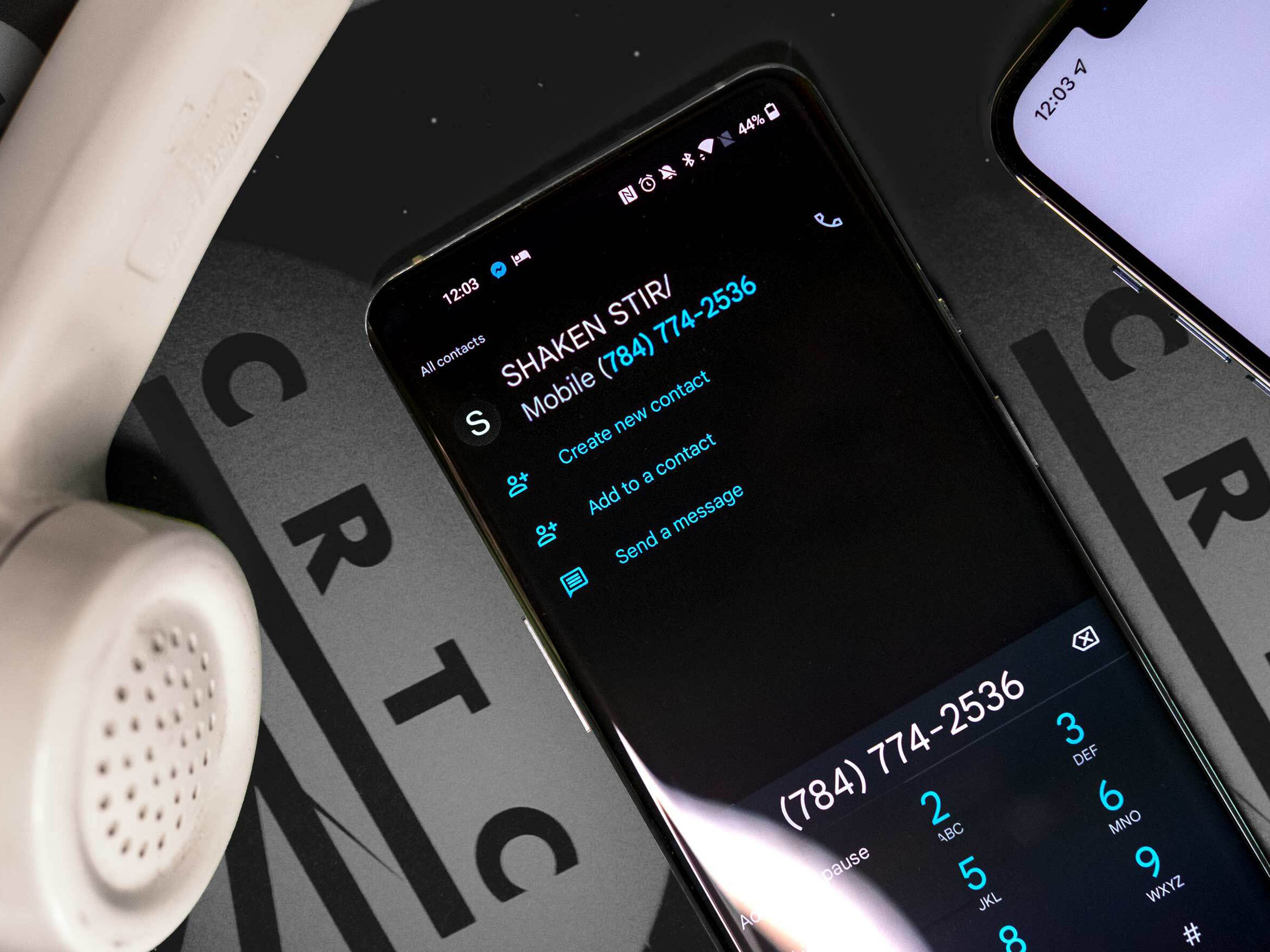
2021 was a busy year for the Canadian telecommunications industry.
From new deals to expansions, to a sense of uncertainty for the future, a lot happened. Here’s MobileSyrup’s list of the most important telecom stories this year.
The Rogers-Shaw merger
The merger takes the first spot on this list because of all the controversy surrounding it. While the deal is yet to be approved by various government bodies, the chatter surrounding the merger has stayed strong ever since Rogers proposed acquiring Shaw.
Competing telecom companies were quick to raise concerns. This was put on the record at a week-long hearing with the Canadian Radio-television Telecommunications Commission (CRTC) in late November.
Bell, which also tried to purchase Shaw but was outbid, argued the deal wasn’t the best for Canadians. Smaller broadcast corporations focusing on local broadcasts raised concerns about what the merger would mean for them. The hearing also featured organizations that were in favour of the new deal.
This hearing, which exclusively focused on the broadcast aspect of the deal, is the only insight Canadians had on the merger. Telephone, wireless, and internet services are other important aspects of the deal, but discussion on them won’t be open to the public. These matters will be dealt with by the Competition Bureau and Innovation, Science and Economic Development Canada, away from the public eye.
It also remains unclear what will happen with Freedom Mobile, which is currently under Shaw’s ownership. If regulators force Rogers to sell the mobile business, Anthony Lacavera wants to buy it back. Lacavera founded Wind Mobile and sold it to Shaw in 2016 for $1.6 billion. The company was renamed Freedom Mobile in 2016.

Image credit: CRTC (screenshot)
Rogers family drama
Ted Rogers left an empire for his children to build on. But his kids, all of whom work with the company in some form, had different ideas on how to continue their father’s legacy. On one side was Edward Rogers, who tried to oust former CEO, Joe Natale and replace him with chief financial officer, Tony Staffieri. On the other were his two sisters, Martha Rogers and Melinda Rogers-Hixon. They opposed the plan and thought Natale was a fitting CEO. Edward Rodger’s original move to remove Natale, and a number of directors from the board, failed. In response, he was ousted as the board chair but remained on as a director.
At the time it appeared like two boards were operating on behalf of the company. In the end, Edward Rogers got his way when a judge ruled his actions were valid. It remains unclear whether the drama will impact the Rogers-Shaw merger.
5G expansion
2021 also marked the year 5G began to be widely implemented in Canada. The fifth-generation wireless technology that fuels cellular networks was quick to come to major cities, and a number of providers worked on bringing it to smaller communities as well.
Telus made expansions to several communities in British Columbia, Alberta. Rogers completed its core rollout of the network in late October, offering service to Montreal, Ottawa, Toronto, and Vancouver. Rogers also made expansions in Nova Scotia and Quebec. SaskTel deployed its network in Saskatchewan.
Xplornet launched the first rural 5G standalone network in the country. It also entered a partnership with the Manitoba government to bring access to a number of communities in the province.
While the expansion is a step in the right direction, it hasn’t resulted in significantly faster internet speeds, given that current technology is based on 4G networks. Most 5G benefits won’t be felt until carriers launch 3,500MHz spectrum. This is considered crucial for the success of 5G in Canada as networks using it will offer faster speeds and lower latency compared to the 4G network.
3,500Mhz auction
In order to give telecom companies access to 3,500MHz spectrum, the government auctioned licenses between July 15th and July 23rd. Canadian telecom giants will be able to use 3,500MHz spectrum to start building out mid-band (a.k.a. Sub-6) 5G networks.
A total of $8.91 billion was collected from the sale of 1,495 licenses to 15 companies. Rogers, Bell, Telus, and Vidéotron bet the most, making up $8 billion in sales. Licenses dictate how much service companies must provide.
“The 3,500MHz auction is a key step in our government’s plan to promote competition in the telecom sector, improve rural connectivity, and ensure Canadians benefit from 5G technologies and services,” said François-Philippe Champagne, minister of innovation, science and industry, at the time.
Huawei’s future in Canada
We still don’t know the state of Huawei’s future in Canada as government officials decide whether to ban Huawei technology from the country’s 5G network.
Concerns arose when a leaked government report claimed there was an increase in cyberattacks through Huawei devices. This was following Canada’s detainment of company executive, Meng Wanzhou, in Vancouver back in 2018 over fraud charges in the U.S. Wanzhou was recently released.
Canada is part of the “Five Eyes,” an intelligence alliance with Australia, New Zealand, the United Kingdom, and the U.S. Each of these countries has levelled its own sanctions against Huawei’s 5G devices.
Reports have indicated telecom companies, including Bell and Telus, have requested the Liberal government fund the removal of Huawei equipment from their networks if a ban is approved. Global News has reported telecom companies spent more than $700 million installing the required equipment.
Efforts to block spam calls
Few things are more annoying than spam calls. So when the CRTC ordered carriers to implement STIR/SHAKEN technology, tools that would help block these calls, the news was positively received.
Secure Telephony Information Revisited (STIR) helps providers validate calls. When a call is made from the originating carrier, a digital signature is created outlining who the caller is. The provider of the person receiving this call verifies the signature.
Signature-based Handling of Asserted information using TOKENs (SHAKEN) is the framework used by carriers when STIR information is missing or incorrect.
After being delayed, the final deadline for implementing the technology was November 30th. But the deadline has come and gone, and some carriers need more time to implement the technology.
Bell Canada also made its own efforts to permanently block fraudulent calls through its own network after receiving final approval from the CRTC in December. The watchdog reported 1.1 billion calls were blocked by the network between July 2020 and October 2021.
Despite these stories being the most important of the year, they aren’t ending in 2021. Discussions around these topics are happening every day and MobileSyrup will have you covered with all the latest developments in 2022.
Header image credit: Shutterstock
MobileSyrup may earn a commission from purchases made via our links, which helps fund the journalism we provide free on our website. These links do not influence our editorial content. Support us here.




